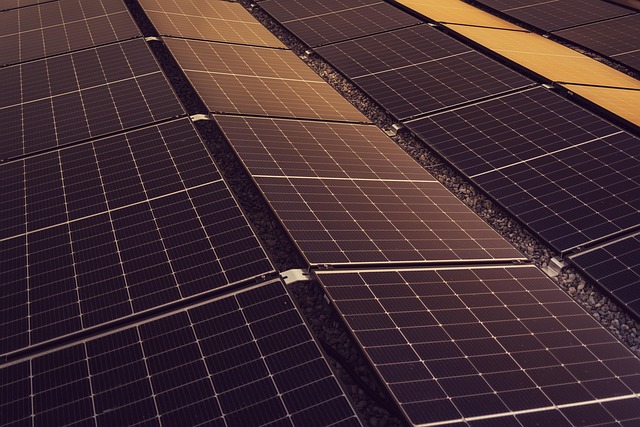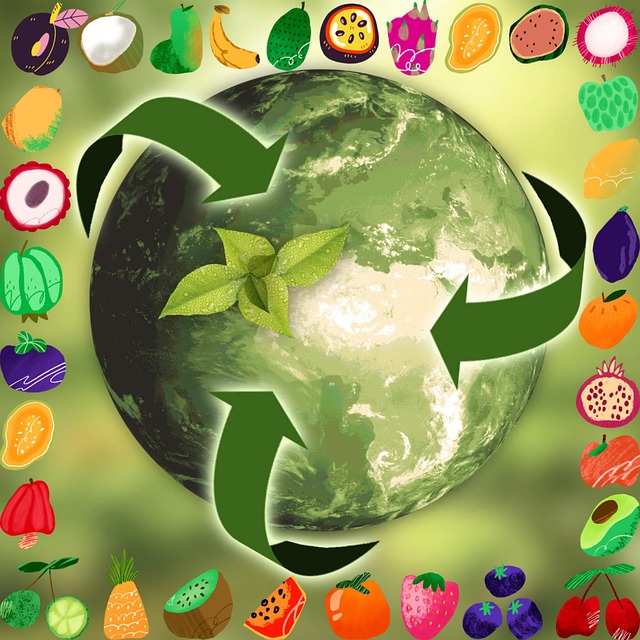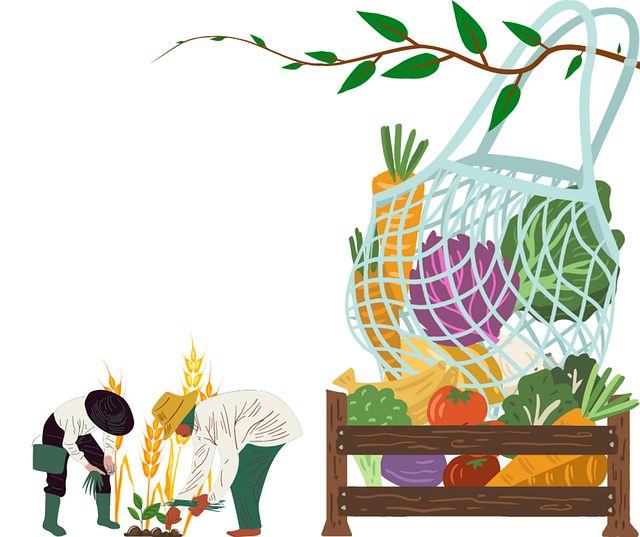Glulam, a sustainable building material made from laminating lumber with adhesives, offers environmental benefits through renewable resources and energy-efficient processes. Certified, locally sourced materials enhance forest ecosystem longevity. EIA guides glulam production towards responsible sourcing, promoting natural lamination and improving energy efficiency. The industry embraces circular economy practices, reducing waste and carbon emissions. FSC and PEFC certifications ensure responsible forest management and chain-of-custody tracking for glue laminated beams.
The glulam industry is undergoing a sustainable transformation, driven by growing awareness of environmental impact. This article explores the crucial elements of sustainable sourcing and processing for glue laminated beams (glulam), a versatile building material. We delve into the materials and current practices, assess the environmental footprint through lifecycle analysis, and examine eco-friendly adhesives and processing techniques. Furthermore, we highlight certifications and standards essential for responsible glulam production, guiding industry efforts toward a greener future.
- Understanding Glulam: Materials & Current Practices
- Environmental Impact Assessment for Sustainable Sourcing
- Eco-Friendly Adhesives & Processing Techniques
- Certifications & Standards for Responsible Glulam Production
Understanding Glulam: Materials & Current Practices
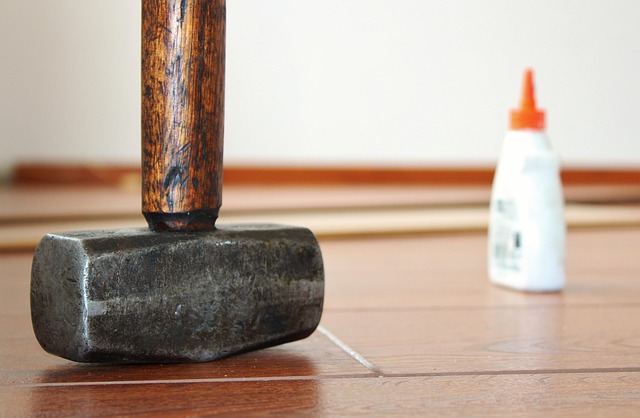
Glulam, or Glue Laminated Beams, is a sustainable and strong building material made by laminating together several layers of dimensional lumber with powerful adhesives. This innovative construction technique has gained popularity for its exceptional strength-to-weight ratio, making it an appealing alternative to traditional steel beams in various applications. Glulam’s environmental benefits are significant, as it utilizes renewable resources—sustainably sourced lumber—and the energy-efficient lamination processes reduce their carbon footprint compared to many other structural materials.
The current practices in the glulam industry involve careful sourcing of sustainable lumber for buildings from responsible forests and mills. By prioritizing certified and locally sourced materials, manufacturers can ensure the longevity of forest ecosystems while providing high-quality glulam products. When comparing laminated beams vs steel strength, glulam often emerges as a superior choice due to its exceptional load-bearing capacity, versatility in design, and reduced environmental impact. For example, those seeking sustainable solutions can visit us at 18 Clifton St, Unadilla, NY 13849 to explore the possibilities of glulam in their construction projects.
Environmental Impact Assessment for Sustainable Sourcing
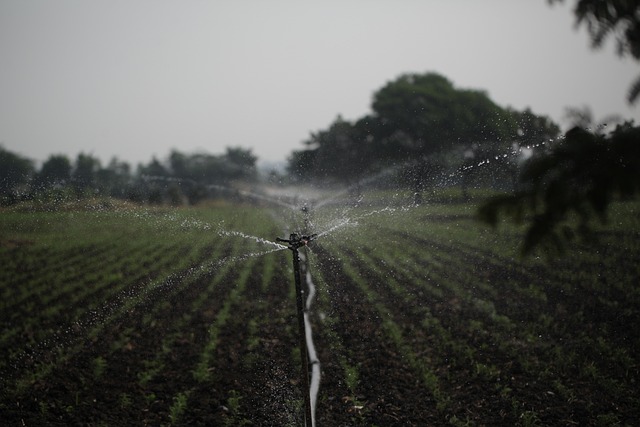
In the pursuit of sustainability within the glulam industry, an Environmental Impact Assessment (EIA) plays a pivotal role in guiding sustainable sourcing practices for glue laminated beams. This process evaluates the ecological consequences associated with raw material extraction, transportation, and processing, ensuring that the entire supply chain aligns with the principles of environmental stewardship. By meticulously studying these impacts, the EIA facilitates the adoption of strategies aimed at minimizing ecological damage while promoting responsible resource management.
One key aspect is encouraging the use of natural lamination techniques, which offer a more eco-friendly alternative to conventional energy-intensive lamination processes. Additionally, keeping pace with today’s sustainable construction trends ensures that glulam production adheres to ever-evolving environmental standards. By embracing these practices and continuously improving energy-efficient lamination processes, the industry can contribute to a greener future while meeting the growing demand for sustainable construction solutions, as highlighted on unalam.com.
Eco-Friendly Adhesives & Processing Techniques

In the pursuit of a sustainable future for construction, the glulam industry is embracing eco-friendly adhesives and processing techniques to reduce its environmental impact. Glue Laminated Beams (GLB), also known as glulam, offer a compelling alternative to traditional building methods, with a focus on sustainability. The use of recycled material in construction beams not only minimizes waste but also reduces the carbon footprint associated with production. By utilizing advanced adhesives made from renewable resources and implementing efficient processing methods, the industry can significantly lower its environmental impact.
These innovative practices go beyond just creating glue laminate vs traditional beams. They involve adopting processing techniques that minimize energy consumption and reduce emissions. For instance, optimized drying processes and the use of green energy sources in manufacturing facilities contribute to a smaller carbon footprint. Moreover, by promoting circular economy principles, the industry can ensure that materials are reused and recycled, fostering a more sustainable construction landscape. Visit us at 18 Clifton St, Unadilla, NY 13849 anytime to learn more about these transformative initiatives.
Certifications & Standards for Responsible Glulam Production

In the pursuit of sustainable construction practices, the glulam industry has embraced various certifications and standards to ensure responsible production. These include renowned programs like FSC (Forest Stewardship Council) and PEFC (Program for the Endorsement of Forest Certification Schemes), which promote responsible forest management and chain-of-custody tracking. For architects seeking eco-friendly solutions, these certifications offer peace of mind that the glue laminated beams they use are sourced responsibly, contributing to the sustainability of glue laminated beams.
Additionally, the industry adheres to stringent processing standards, emphasizing the use of biodegradable building components and minimizing environmental impact. The focus on sustainable sourcing and efficient manufacturing processes not only highlights the glue laminated benefits for architects but also aligns with broader efforts to reduce construction’s carbon footprint. For more information on our commitment to these standards, give us a call at (607) 369-9341.
The glulam industry has made significant strides towards sustainability, but there’s always room for improvement. By adopting stricter sourcing standards, eco-conscious adhesives, and innovative processing techniques, we can ensure the environmental integrity of glue laminated beams (glulam). Certifications and consistent adherence to these responsible practices are key to maintaining the industry’s progress in sustainable construction. Embracing these measures will not only protect our planet but also contribute to a greener future for the glulam sector.










